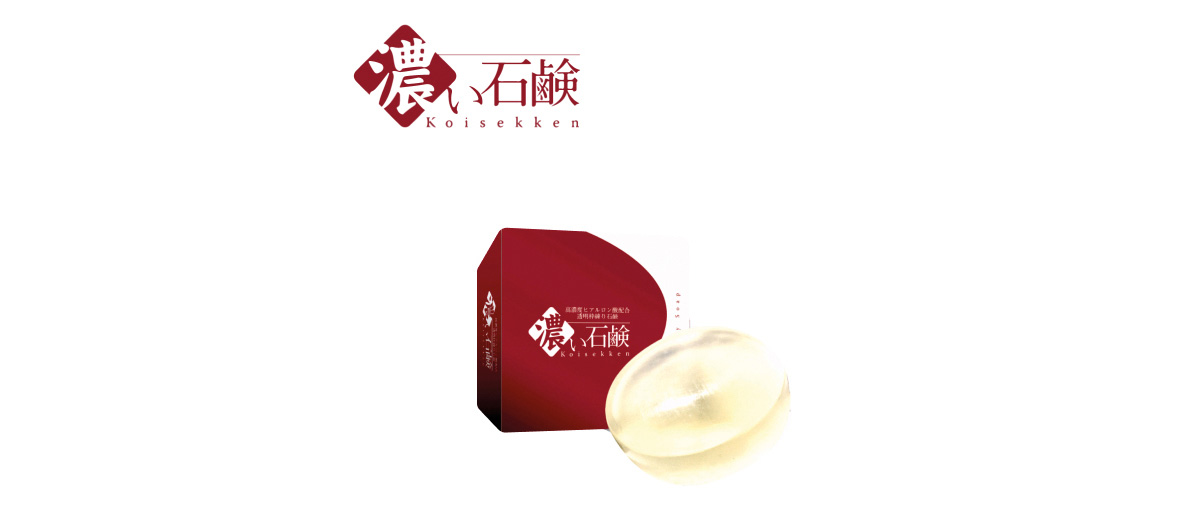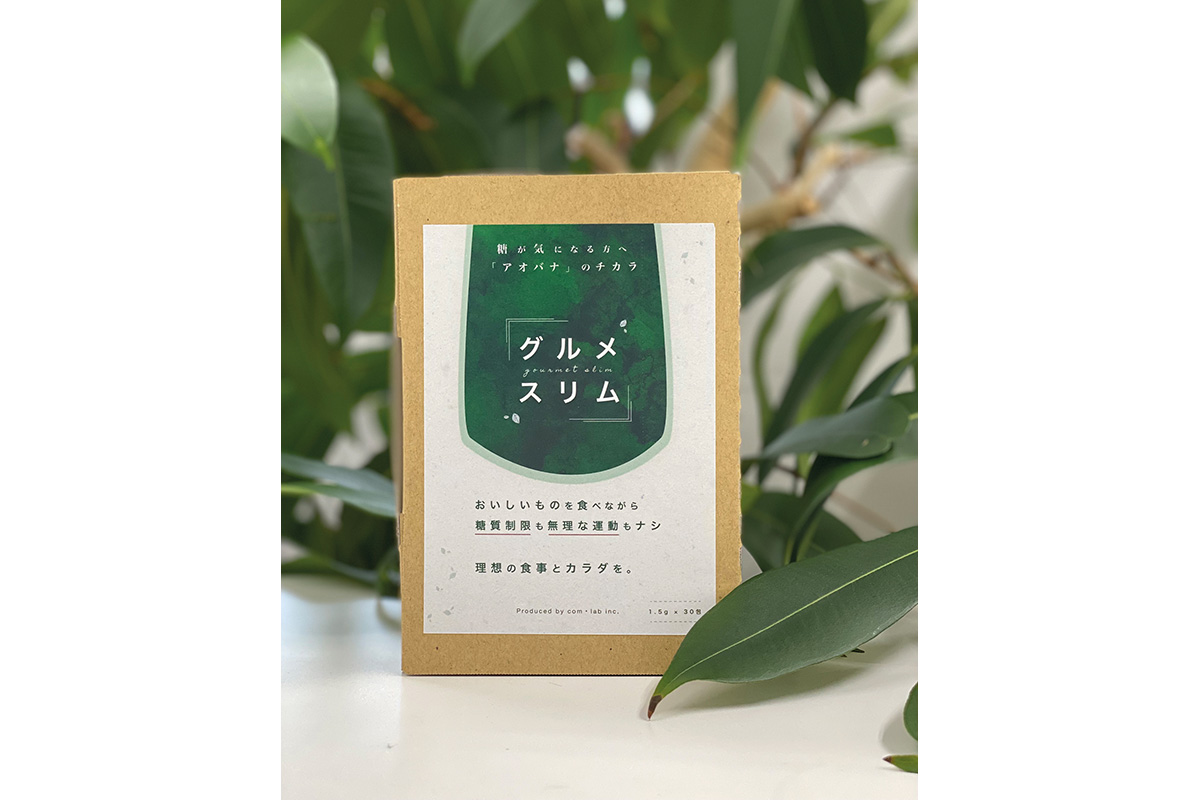A manufacturer that specializes in health and beauty products, Com Lab embraces the business principles that have allowed Japanese companies to remain regional leaders in the sector.

The biggest rival to J-Beauty is K-Beauty, which has been gaining momentum due to the increased popularity of Korean culture through vehicles like K-pop and K-Dramas, however, despite this, Japanese firms are still leaders when it comes to the cosmetics sector with notable examples such as Shiseido and Kao Chemical. How have Japanese cosmetics firms been able to maintain their leadership despite the stiff regional competition? What are the strengths and weaknesses of the Japanese cosmetics industry today?
I believe that one of the reasons is the technology in Japan. These companies provide detailed care to all of their customers. They have good abilities in terms of basic chemicals and basic science. It allows for superiority in these fields. Also, Japanese companies are very detail-oriented, especially when you talk about end-to-end processes, from the procurement of materials to the final cosmetic products. The quality of the raw materials that Japanese companies use is high. If you look at stearic acid for example, it is a raw material that is typically used by Japanese companies, however, it does not have a big asset value, with other materials used elsewhere having a wider asset value. However, its quality is much higher, and this is very indicative of Japanese companies relying on quality raw materials over cheaper assets. When it comes to cosmetics, there is also a packaging element, and the quality of Japanese packaging tends to be very high too. All you have to do is look at Japanese cosmetics containers to understand that they are better.
Japan’s demographic is currently on a downward trajectory, with an aging population that is shrinking due to low birth rates. Technical inheritance issues, a labor crisis, and a shrinking domestic market are all prevalent issues that are coming to light due to this demographic situation. What have been some of the challenges this demographic shift has presented to your company and how have you been reacting to them?
There really is not much we can do to stop the declining population, so that is why we are now looking to overseas markets to hire new people and to sell our products to. There is an organization called The Japan External Trade Organization (JETRO) which has been key in facilitating our connections with overseas markets. Through JETRO we have tried to expand our network in Taiwan, Vietnam, and Thailand. As for recruitment, we are trying to utilize internships from overseas. We have actually hired three students for an internship from Vietnam, and they are working together with us. Of course, they have learned about our technology, but we have also learned about their cultural background from them.

As people get older, dry skin becomes a common problem, so the need for moisturizing grows year on year. Your Koisekken is a transparent soap containing a high proportion of low-molecular hyaluronic acid, which can be used daily in a bath but also has high moisturizing properties as well. Why is increasing hyaluronic acid important for the skin, and what makes your Dark Saop superior to more conventional skin or moisturizing products?
Humans actually create this hyaluronic acid by themselves so that they can retain water, with the peak production happening around the age of 20, with the body’s ability to create hyaluronic acid decreasing after that over time. Our Koisekken promotes the body’s ability to produce hyaluronic acid, so by just using this soap when you wash yourself, you are increasing your body’s ability to absorb water. It is actually difficult to contain hyaluronic acid in a soap, and if a soap says that it contains hyaluronic acid that probably means it contains about 0.0001% of the total composition. To solve that problem, we made the size of the hyaluronic acid smaller from 7 million to 3,000. This has created three benefits, one being the fact that we were able to achieve 5,000 times larger containment of hyaluronic acid. It also solved the issue with skin texture after using soap, which typically is quite dry. In fact, the Koisekken will moisturize the user’s skin. We also have a patent for this product. Having hyaluronic acid remain on the skin actually assists in your body’s ability to produce more hyaluronic acid. This means that even after the age of 20 if you continue using Koisekken, you can continue producing peak amounts of hyaluronic acid. So far this is only sold in the domestic market, but we have been receiving inquiries from Chinese retailers.
Going forward what is your branding strategy for this Koisekken?
Typically, we use a wholesaler to introduce our products to overseas markets and we still use those channels to this day, but recently the emphasis has been on e-commerce which has developed a lot. Asian consumers often use e-commerce, so we are trying to develop a channel for e-commerce.
Asian skin ages slower due to a thicker dermis, however, it is more sensitive due to a thinner stratum corneum. How are you able to ensure your products can be used on different types of skin?
When I was younger, I struggled a lot with how to tailor to the different types of skin because skin types are all different, and in fact, the same goes for hair too. This is true between Asians and Europeans, but there are differences even between Japanese and Korean people. In the past, I have tried to find a way to tailor to these different types of skin, but I have since stopped doing that and instead tried to approach the issue by developing solutions that can be tailored to anyone. We use a lot of natural solutions that are applicable to any type of skin.
In addition to beauty and health, some of your products have applications in other industries such as the semiconductor field for heat dissipation adhesives. Are there any new applications or fields to which you would like to introduce your products? Why have you diversified into non-health-related fields in the first place?
With the semiconductor field, we tried to provide a solution simply because we were approached with a problem. That request was for a client who wanted to enhance the efficiency of a car, so our heat dissipation adhesive was applied to the engine. Based on that request we developed something that you can apply to the engine to enhance the efficiency. We received data for this project from a university in China and based on that we were able to develop the product and commercialize it. However, at some point, regulators told us that we were not allowed to put something like that on the engine, so we suspended that business.
Imagine an engine that is operated by pistons, the area close to each piston has a high temperature. Other areas have a lower temperature, so by applying this product to the engine you are able to achieve a more uniform temperature all across the engine, which will also enhance the efficiency of heat exchange. This know-how can also be applied to mobile phones and LED lights.
We are seeing a once-in-a-lifetime change in the automotive industry with the switch to EVs. Engines are being phased out in favour of lithium-ion batteries. How are you adapting to this massive shift in the automotive industry?
This is true, so we decided to shift direction since the automotive industry will no longer use engines. We have shifted our focus to mobile phones and LED lights, but if we were able to apply this technology to cars, I think it could be big business for us.
What are your expectations for this business? Do you expect it to grow or is it just a side business for now?
Our main focus will remain in the cosmetic and beauty sectors, but for this particular area it is difficult to grow in Japan, so we are trying to enter overseas markets and distribute our adhesives outside of Japan.
Can you give us a breakdown of your R&D strategy and are there any new products or technologies that your company is currently working on that you would like to showcase for us today?
Gourmet Slim is something that we would like to showcase to overseas markets so I would like to talk a little about the supplement works. After eating, Carbohydrates from wheat and rice contained in meals are broken down into disaccharides in the stomach, which are further broken down into glucose by a carbohydrate-degrading enzyme (α-glucosidase) in the small intestine, and then absorbed.
Aobana is an ingredient grown organically and without pesticides that comes from Shiga Prefecture and it shares similar properties with glucose.
The ingredients are DNJ and DMDP and if you take in these ingredients before a meal, then those ingredients are engaged in a place where DNJ, DMDP is supposed to be engaged; the intestines, which in turn prevents blood sugar level spikes. In fact, these blood sugar level spikes are known to lead to diseases such as cancer, diabetes, and dementia. This DNJ, DMDP cannot be separated by the enzymes and redundant glucose needs to be digested. The core component of Gourmet Slim 70 is the fact that it can reduce the absorption of glucose by 70%.
With 120 million people in Japan, I believe that the potential for diabetes sufferers lies around the 30 million mark. If you are diagnosed with diabetes then you are prescribed medication, however, until you are diagnosed fully with diabetes you cannot get this medication to control blood sugar levels. This Gourmet Slim 70 supplement can be essential to people who are at high risk of getting diabetes but still have not been diagnosed yet. This problem is not unique to Japan either, and people all across the world are taking in excess glucose every day. There are a lot of people around the world who are at risk and need to pay attention to their blood sugar levels.

We are seeing diabetes cases rise in countries like America and Australia, and as you correctly pointed out, it is often because of the diet. Everything is processed and there is a lot of sugar involved, and unfortunately, there is a distinct lack of natural nutrients. One of the problems however with supplements such as yours is marketing and regulations in overseas markets. Are you looking to partner with local companies in order to understand and pass these regional regulations and sell your supplements overseas?
That is exactly what we are focusing on right now. We have one American company that is interested in our products and we also have a company in Qatar that is interested also. There is also a company in Argentina that we are talking to right now and we hope to reach a potential partnership with them.
Overall, what is your international strategy and which countries or regions do you believe will be key to your firm’s growth moving forward?
Our primary focus is Asia because a lot of people are using e-commerce in the region and people are quite young. The average age in Japan is around 48 while in Southeast Asia the average age is 25. They have a lot of purchasing power, so we see a lot of potential going forward.
In particular, our supplements can actually be used by anyone, so we would like to expand this product on a global scale. As for the Koisekken, the price is a little high, so we would like to target economically mature countries. Different products have different targets.
Imagine that we come back in two years and have this interview all over again. What goals or dreams would you hope to have achieved by then?
At this moment overseas sales total around 10% of our overall sales. We would like to raise this to 50%.
Interview conducted by Karune Walker & Sasha Lauture
0 COMMENTS